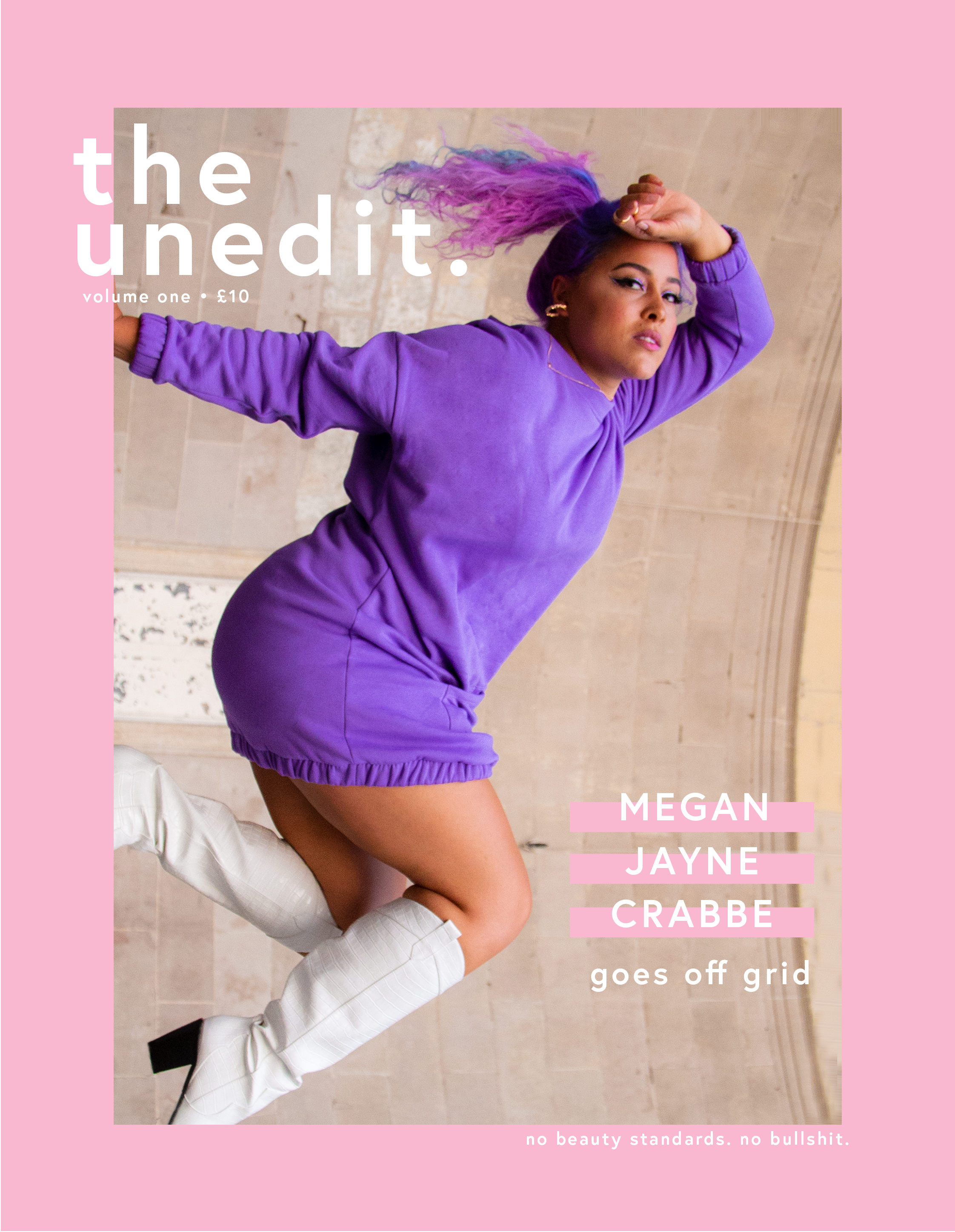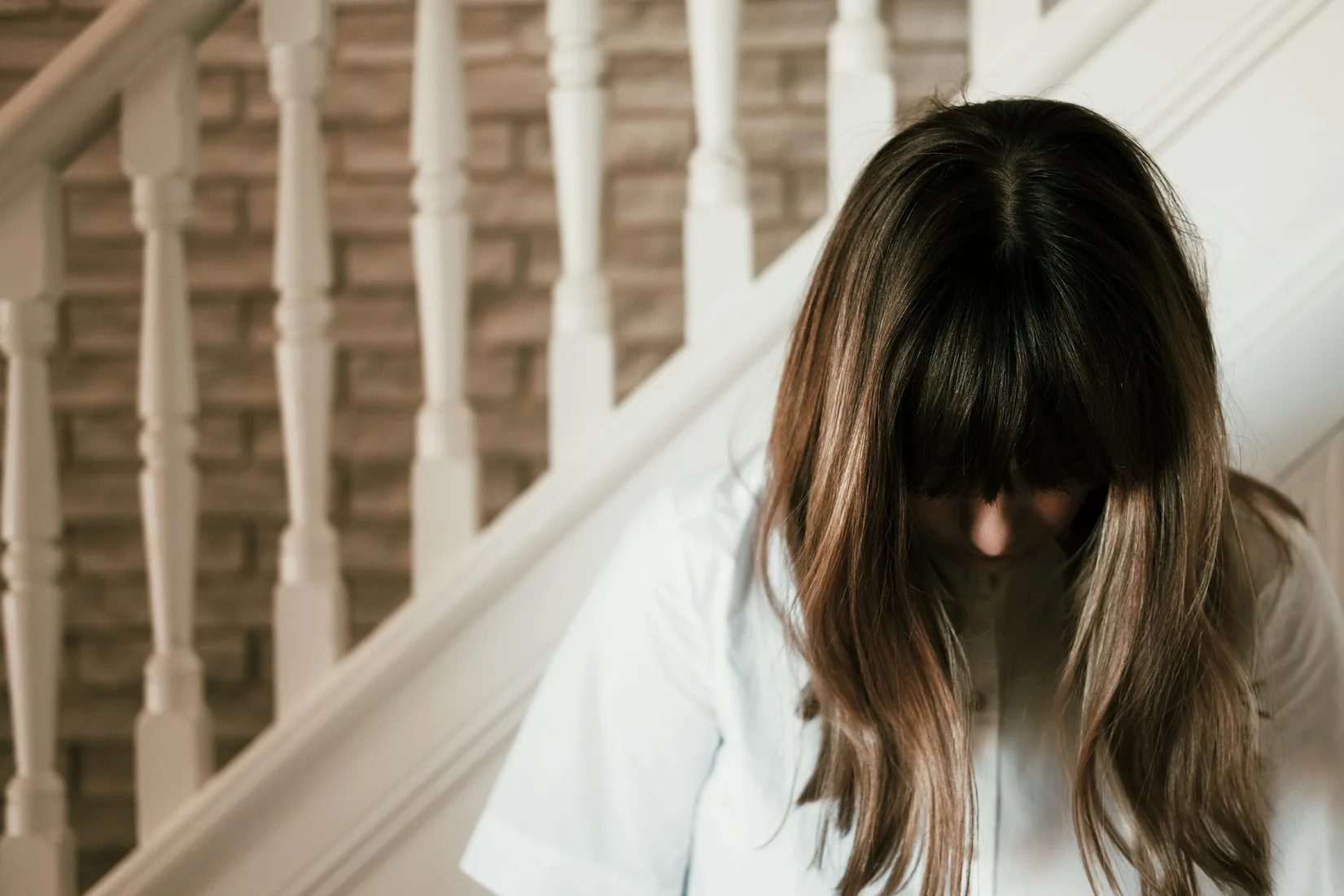How My Dog Helped Me Heal From My Body Dysmorphia
For as long as I can remember, I've been at war with my body. I’ve had an eating disorder for 14 years, and though I consider myself to be in recovery now, I still wake up each morning feeling like my body isn’t mine, as if I am wearing a heavy cloak that was made for somebody else’s shape.
I have hated the curves of my silhouette and the bumps and lumps of my flesh since I was eight years old. My older brothers started physically and emotionally abusing me when I was five, using elaborate games and songs to paint a picture of a world called “Fatland,” of which I was the queen. They couldn’t get close to me, they said, because fat was contagious. If they did get near me, they would bounce off of me, pretending I was a blob of flubber with enough force to propel them into space.
As a child with very few emotional resources, I was willing to do anything to get the pain to stop, so I did the only thing that made sense at the time. I began starving myself the summer before fourth grade, passing over my favorite childhood snacks and spending hours alone in my room, forcing myself to do hundreds of skips on my Skip-It toy. I was desperate to be thin, desperate to slip unnoticed from my abusive brothers’ eyes, passed over like a wisp in the wind.
I lost enough weight that summer to make my parents and our family doctor worry, though my brothers continued to abuse me. I know now that my brothers’ abusive behaviors had nothing to do with my weight, and that losing weight wouldn’t cure the cruelty in their own hearts, but I wasn’t able to understand that as a kid. Being able to point the finger of blame to myself was easier than pointing it at my brothers, who I wanted so deeply to love me.
From that time forward, food—and my body—became my worst enemy, a nemesis I swore I would find a way to defeat.
By today’s standards in the mainstream, my body is not beautiful. I - perhaps - would have been considered beautiful in the days of Marilyn Monroe, with my hourglass waist, thick thighs, and large chest. As much as I wanted it, I've never had a flat stomach, a thigh gap, or slender arms and legs.
My body wasn’t meant to be thin. I’m bulky and strong. I can go to the gym twice and come out with new definition in my muscles. My torso is short; my ass, large; my shoulders, wide; and my feet, big.
Because of how deeply my brothers were committed to making me think my body was disgusting, I started to believe them. I would look in the mirror and see a stranger, a girl who had stolen my eyes and my mouth and my soul and placed them in a different body.
I spent hours looking at myself sideways in the mirror, trying to determine if the fat roll on my lower stomach had gotten bigger or smaller since the day before. If my boobs looked smaller, I would rejoice. If my face looked rounder, I would cry.
Even in my dreams, I would imagine myself as a thinner and stronger girl. To this day, my dreams don’t accurately reflect what I really look like, portraying me as an 11-year-old girl rather than a 22-year-old woman.
When I first began my recovery in college, there were times that I was able to see what my body really looked like. I had moments where I would be in front of our dorm mirror in a panic, wondering how I'd gained ten pounds overnight, only for that weight to mysteriously disappear an hour later. Or moments when my curves would suddenly shift from looking disgusting to looking normal, from feeling out of place to feeling right.
It's these moments that get me through the tougher times I face every now and then in the present, when I try on five different outfits for work and feel wrong in every one of them, or when I’m too self conscious of my body to go to the grocery store. When it’s difficult for me to connect with what my body really looks like — and, more importantly, what it feels like — I’m able to hold onto these moments and know that it is possible.
One of the biggest steps in my recovery occurred directly after college. Though working towards recovery, I was still in the grasp of my eating disorder by the time I graduated college. I lived at home for a few months while job-hunting (my abusive brothers had moved out) and grew to become close with our family dog, Scooby.
We found Scooby when I was a freshman in high school, rustling around under our front porch. He was emaciated, so thin he could slip through our porch rails spaced three inches apart. He was wide-eyed and terrified, but not aggressive like animals can sometimes get when scared. It took us over an hour to get him to come out from under our porch, feeding him one hot dog at a time until he felt comfortable enough to wiggle out. My parents wanted to call our local animal shelter, but my sister insisted he stay with us.
He was an extremely skittish animal, and even after seven years of living in our garage, Scooby never got over his fear of being touched. He would let us pet him and sit next to him, but he would duck his head in fear or skitter away to allow for several feet of space. He had obviously been abused by his past owners, and his body showed it. He was an ugly dog. Misshapen torso, a nub for a tail, front legs that didn’t bend. Floppy ears, loose skin, claws the size of knives. He quickly put on weight at our house and became less skeletal, but his body remained a little broken.
Scooby and I struck up a friendship while I was job hunting, and we kept each other company in the lonely moments. I would take him on walks to get fresh air and fight away boredom, and he would come to the door next to my computer when he needed attention. His favorite place to rest was on the porch next to my computer, where he would move from one sunny spot to the next and lounge throughout the day. He had arthritis in his legs, so he would lay with them stretched out, his chin resting on the ground.
I noticed one morning how Scooby’s skin rolls looked very similar to the fat rolls I have down the side of my body when I’m curled up, like little glops of dough waiting to be put in the oven. And how his chin could so easily envelop his face, similar to the double-chin I’ve had (and hated) for my entire life.
I noticed these things, and I didn’t judge him. I didn’t decide he was a piece of trash. I didn’t decide to treat him poorly, like I treat myself at times. He was my Scooby, and that’s all that mattered. I had grown to love him, and I didn’t care that he was different from other dogs. His misshapen body was beautiful to me, and I loved how he looked with his chub rolls and crooked torso and missing tail.
Now, when I look in the mirror and see my own fat rolls, double chin, and thick thighs, I think of Scooby rather than thinking about my body. I didn’t plan for this to happen, but as my heart opened up to Scooby, it began to open up to myself as well, and I decided if I could believe the stray dog that wandered under our porch was beautiful and important, then I could believe that about myself as well.
My recovery is still a work in progress, a flower that hasn’t quite bloomed yet. I’m okay with that. Eating disorder recovery isn’t something that can be planned. It’s not something that can be put on a goal list and achieved by the end of the year. It’s messy, and unexplainable at times, and confusing. Loving myself inside and out is a lifelong journey, and there will be a lot of ups and downs along the way. I haven’t reached the end yet, but I’ve taken the first step. And if it took a scared, ugly dog to help me see the beauty in myself, then for that, I can only be grateful.








